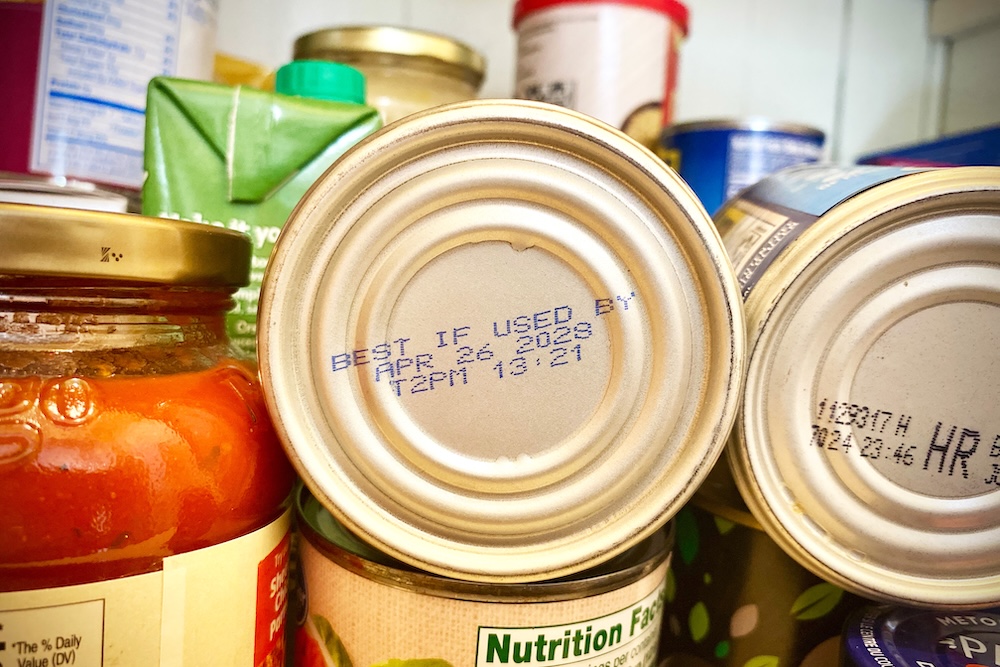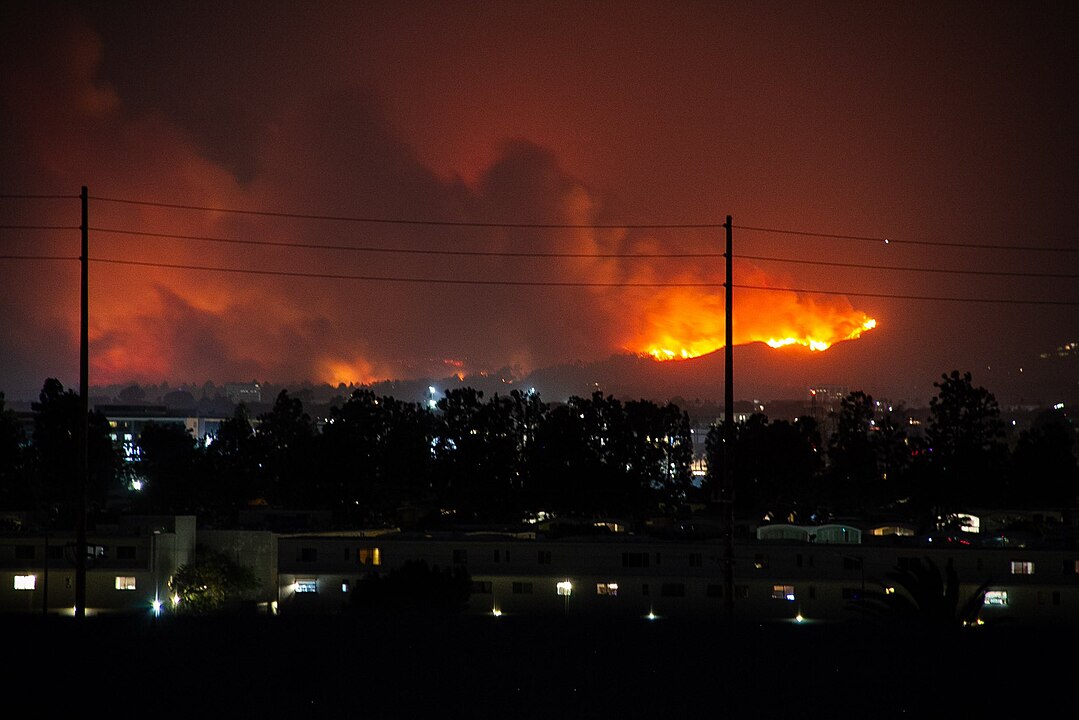
Georgia’s geographic diversity — from beaches and swamps to mountains and flatlands —makes the state an attractive place to live, but each region is vulnerable to weather-related emergencies year-round. For farmers, these events can be truly catastrophic.
When disasters strike, navigating the milieu of steps to recover and rebuild can be difficult. With a presence in all 159 Georgia counties, University of Georgia Cooperative Extension is uniquely positioned to help communities prepare for and rebound from calamity.
Maria Bowie, a UGA Extension grant and project management specialist who leads emergency preparedness training, serves on the newly formed Extension Behavioral Health Team working to help address farm and rural stress initiatives. Many of the issues that influence farmers’ mental health are simply out of their control, including weather- and climate-related events that can have a devastating impact on their farm businesses and livelihoods.
Since 2016, the state has been hit by 18 tropical storms and two hurricanes, causing billions of dollars in agricultural losses and untold damages to homes and communities, Bowie explained. Climate-related problems, including late freezes, are becoming more common and have pummeled the peach and blueberry industries in recent years. The radical swing between drought-like conditions exacerbated by climbing temperatures and flooding caused by intense precipitation creates unpredictability for growers throughout the state and can result in significant annual crop losses and disruptions to supply chains.
Local Extension teams help before and after disasters
Bowie was recently awarded two grants from the U.S. Department of Agriculture (USDA) National Institute of Food and Agriculture (NIFA) to spearhead emergency preparedness throughout the state. Each of Georgia's four geographic regions has its own unique set of potential disasters and requires a more localized approach to preparing Extension agents and residents for the most common types of emergencies they experience, she said.
“We've developed four geographically dispersed, specially trained small teams to build local capacity for readiness, response and recovery to natural disasters and emergencies,” Bowie said. “The teams help each Extension office develop a Continuity of Operations Plan (COOP) should an emergency occur and are available to deploy statewide to provide expertise to local Extension offices and assist in response and recovery to emergency events.”
Collaborating agencies include the Georgia Department of Agriculture (GDA), the Georgia Department of Behavioral Health and Development Disabilities (DBHDD), the Georgia Emergency Management and Homeland Security Agency (GEMA), Fort Valley State University, UGA Marine Extension, Georgia Sea Grant and the Georgia Department of Public Health.
Extension agents also work with GDA to collect agricultural economic damage data and help farmers and landowners navigate potential relief programs offered through state and federal relief programs and private entities following disaster events.
The district and local disaster teams were a big part of the success in helping more Georgia counties access federal disaster relief in the months following Hurricane Idalia, which made landfall in late summer this year, said CAES Associate Dean for Extension Laura Perry Johnson.
“The recent Hurricane Idalia Disaster Relief Declaration encompasses 29 counties in Georgia, and I believe is a direct result of our emergency preparedness efforts before and after the storm,” Johnson said. “Our ability to quickly and accurately assess and report damage is a big part of disaster relief. We are continually working to be more organized, strategic and efficient to speak with a unified, clear and accurate voice. While this event was localized to south Georgia, we never know where the next emergency will occur, so the work these teams do helps preemptively plan so residents are better prepared.”
Grant dollars help prepare agents and the communities they serve

Recent training and equipment provided through the grant allowed UGA Extension Agriculture and Natural Resources agents and specialists to deploy drones to help capture aerial photos and video footage of extensive damage to cotton, corn and pecan crops endured from Hurricane Idalia, Bowie said. This data and other projected loss estimates were shared with partner agencies who work collaboratively to provide the documentation required by the Federal Emergency Management Agency as part of the disaster declaration process.
The grant provides specialized training for myriad services, including creating community emergency response teams, instituting food and water safety measures, ensuring mental health and well-being for first responders, rendering first aid, assessing agricultural economic damage, creating digital imaging for economic damage assessment, establishing incident command systems, facilitating crisis communications, providing well water testing and remediation treatment, educating on safely handling biohazards and teaching disaster daily life skills, such as sanitation and hygiene when water and power are limited.
Non-weather emergencies on the radar
While weather-related disasters are most common, Bowie said biosecurity threats like the highly pathogenic avian influenza (HPAI) — a contagious disease that causes high mortality in poultry such as chickens, turkeys and quail — cause significant concern each year for the poultry industry.
At the 2023 National Extension Disaster Education Network (EDEN) conference in Savannah, Georgia, with support from a USDA Agriculture and Food Research Initiative grant, Bowie and a team of colleagues provided an emergency scenario exercise to explore potential response roles during HPAI outbreaks and demonstrate efficient and effective communications for various disaster professionals across state and federal agencies, Extension and the poultry industry.
Ashley Mueller, national program leader for NIFA, attended the session and noted that because many problems facing agriculture are multifaceted, traditional disciplinary boundaries may limit researchers’ ability to address them. “The integration of disciplines and the inclusion of non-academic stakeholders using transdisciplinary approaches ensures that those individuals and communities impacted by research are at the table throughout the process,” Mueller said.
Because of the irregular and unpredictable nature of natural disasters and other emergency events, elaborate response plans developed after large-scale events prove unsustainable over time, requiring resourceful, nimble responses in each instance, said Bowie.
“The innovation of these localized Extension disaster response teams is sustainable and resilient because we are preparing teams in advance of an emergency and developing a continual pipeline of new emergency team members to ensure a dynamic and growing lineup of prepared individuals,” she said.
With hurricane season behind us, Bowie said the current focus is on the winter months. Extension disaster teams are gearing up to share resources on frost protection methods with growers in their districts, and teams will also provide information on indoor air quality and the danger of carbon monoxide poisoning as home heating devices and backup generators are used throughout the colder months.
In January, Extension faculty will gather at the Rock Eagle 4-H Center for the organization's biannual professional development conference, which has emergency preparedness as a central theme. Training sessions will include operating chainsaws safely during emergency response and recovery, portable generator safety operations, life-saving first aid procedures and a suicide-prevention course.
For resources related to weather emergencies, including the Disaster Distress Helpline, visit extension.uga.edu.






